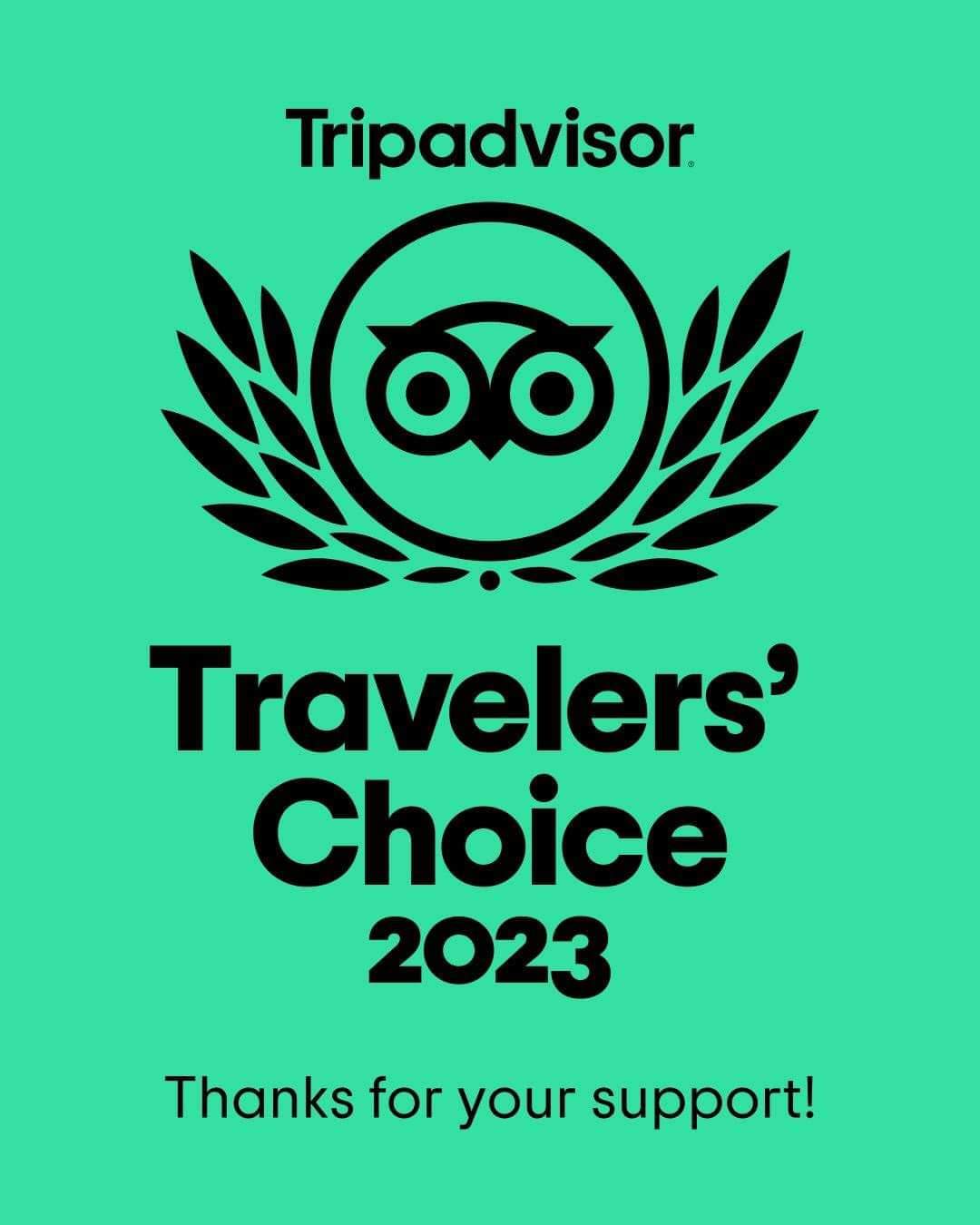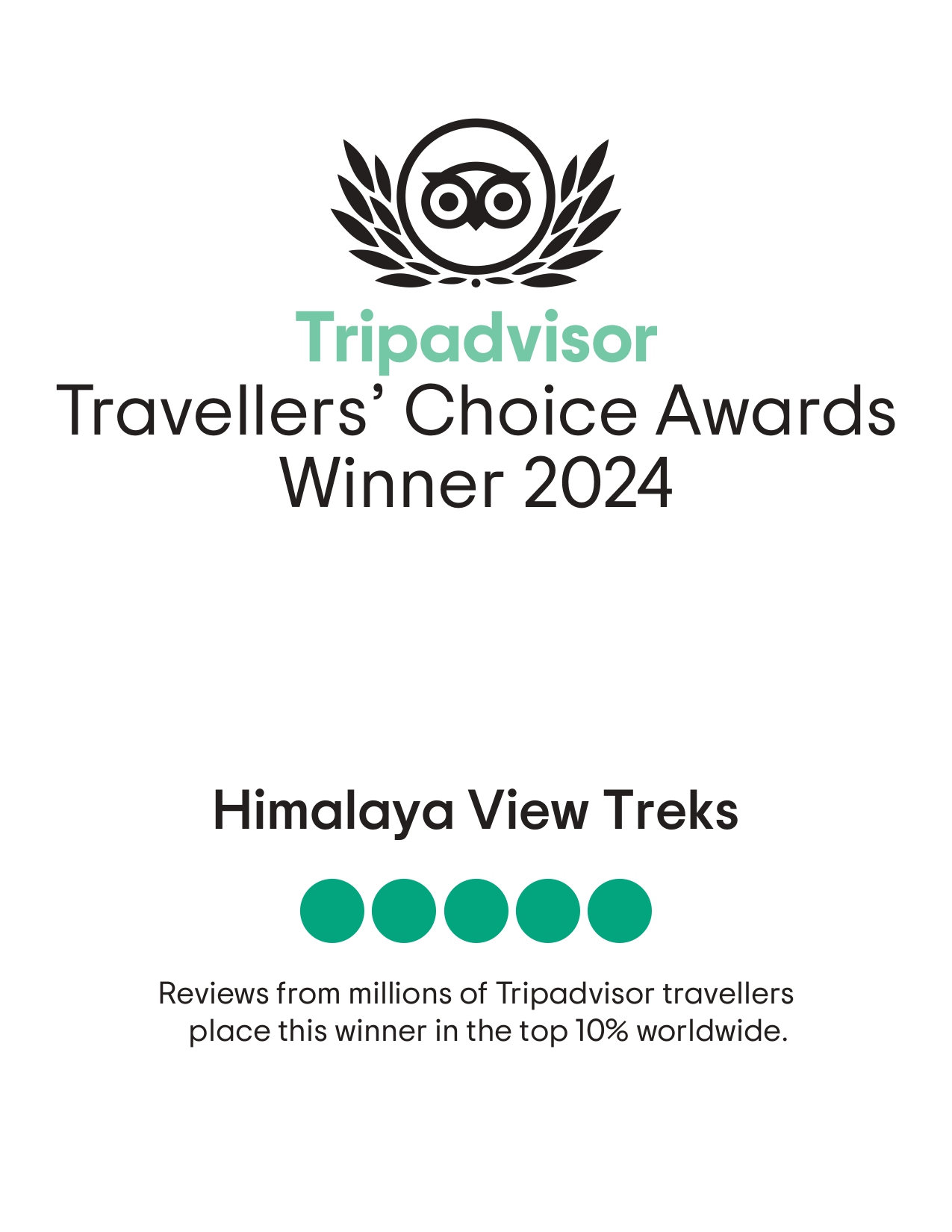Although trekking in Nepal can be organized throughout the year, September through May is considered to be the best month for trekking. Summer months of the year which coincides with monsoon begins in mid-June and drains in mid-September making travel wet and warm. The mountain views may not be at their best as rain clouds and haze over hang the mountains occasionally obscure the enchanting views. These times are blessed for the keen botanist as the higher valleys and meadows blossom with flowers and lush vegetation. Get the best Nepal Trekking Information with HVT.
During monsoon it does not mean that it will rain every day. Besides, some of the most frequented trails will not be crowded and some people like it that way. It can actually be enjoyed in the upper part of the Annapurna circuit around Marfa, Jomsom and Muktinath as the monsoon does not get in this trans- Himalayan are because they fall into rain shadow area. Note: – It is recommended to carry insect repellent when trekking during summer months.
Latest Nepal Trekking Information
Autumn is the best season for trekking, affronts excellent weather and tantalizing mountain views January and February are noted for cold weather with occasional snowfall at higher elevations. Again, amazing views are shared. These months are popular and ideal for trekking for those who are well-equipped or who remain at lower elevations below 3,000 meters.
Late February brings spring to Nepal and offers exhilarating trekking for those who are interested in flowers, birds, and natural grandeur. Different varieties of wildflowers, especially the rhododendrons make the hillside above 8,000 ft haunting paradise during this season.
April and May are the expedition season and the best time for climbing the high peaks. It is mildly warm at lower elevations but has occasional haze mars has beautiful view of mountains. At higher elevations over 4,000 meters, the mountain views are excellent and the temperature is moderate even at night.
Preparation
You do not need to be a mountaineer with rippling muscles to enjoy trekking. If you are reasonably fit, have a sprit of adventure, and are not afraid of walking, you qualify. Himalaya View Treks will fully take care of all the details. All you have to do on the trails is concentrate on putting one foot before the other. On many popular trekking trails, you can also trek in what is known as ‘teahouse style’ eating and staying in the many lodges and teahouse on the way instead of camping in tents. Teahouse treks are run only in popular areas. If you are looking for wilderness and off the beaten track then you will have to choose fully supported camping treks
Trekking Equipment
we will provide equipment like sleeping bags, foam mattresses, and tents, including a comprehensive first aid kit and portable altitude Chamber. All you need to bring are your personal gear wear like walking boots and sand shoes. Thermal underwear is necessary for high altitudes and cotton are best for lower and warmer altitudes. Also don’t forget a water bottle, Swiss army knife, swing kit, and torch light with spear batteries. Sunglasses, sun hat, sun cream, and personal medications are also necessary. For detailed equipment visit the equipment list.
Nepal Trekking Season
Trekking is possible at any time of the year depending on where you are going. The most popular seasons are spring (February-May) and autumn (September-December). Winter is very cold above 4000m. And high mountain passes may be snowbound, but it is good for trekking at lower altitudes. During the monsoon season (June-August), you can trek in the rain-shadow areas north of the Himalayan like the Mustang, upper Manang, and Dolpo. These places are out of reach of the rain clouds because of the high mountains and are unaffected by the monsoon.
furthermore, herewith WhatsApp chat



